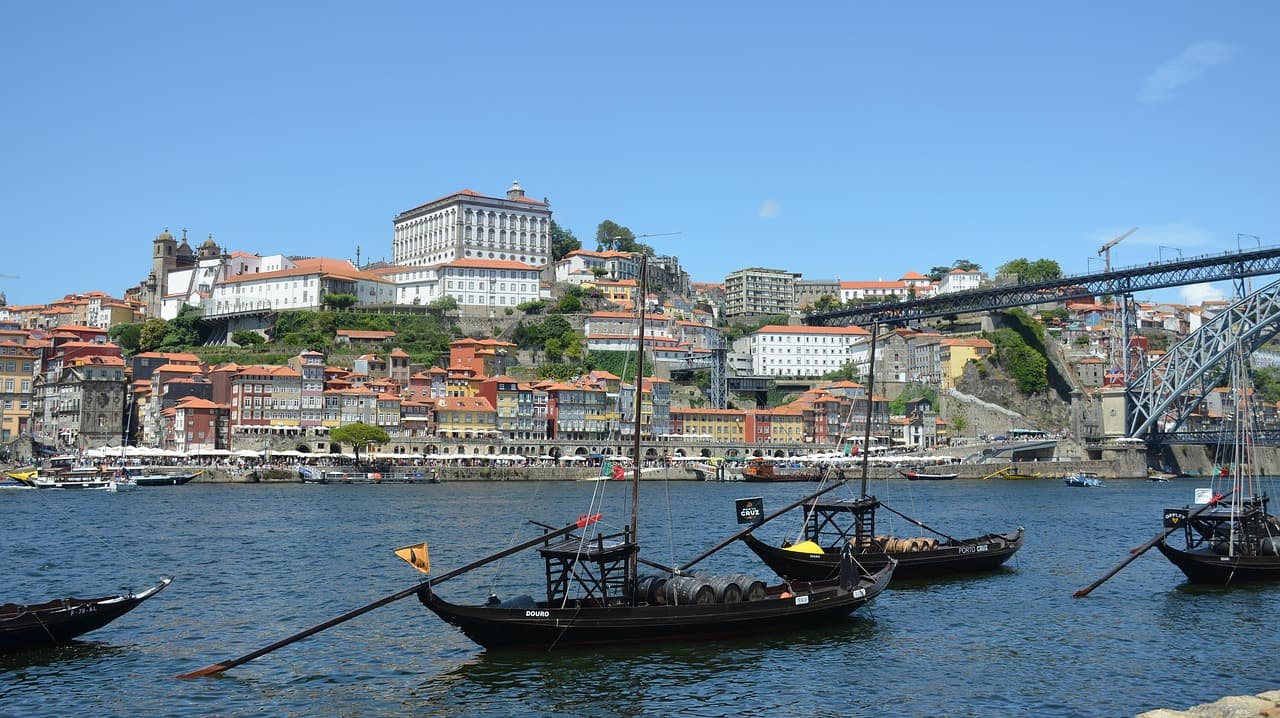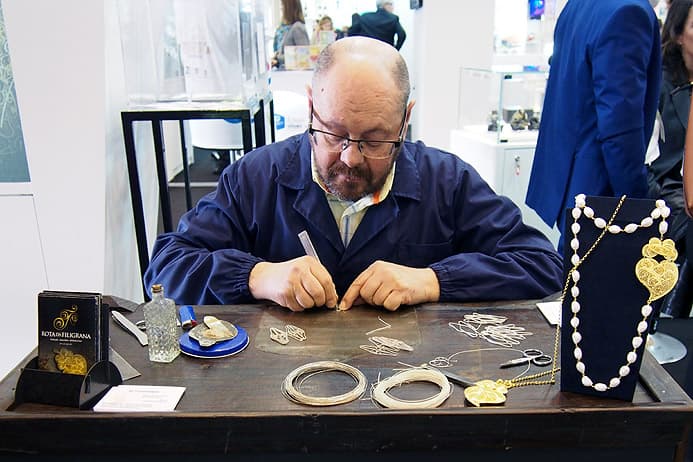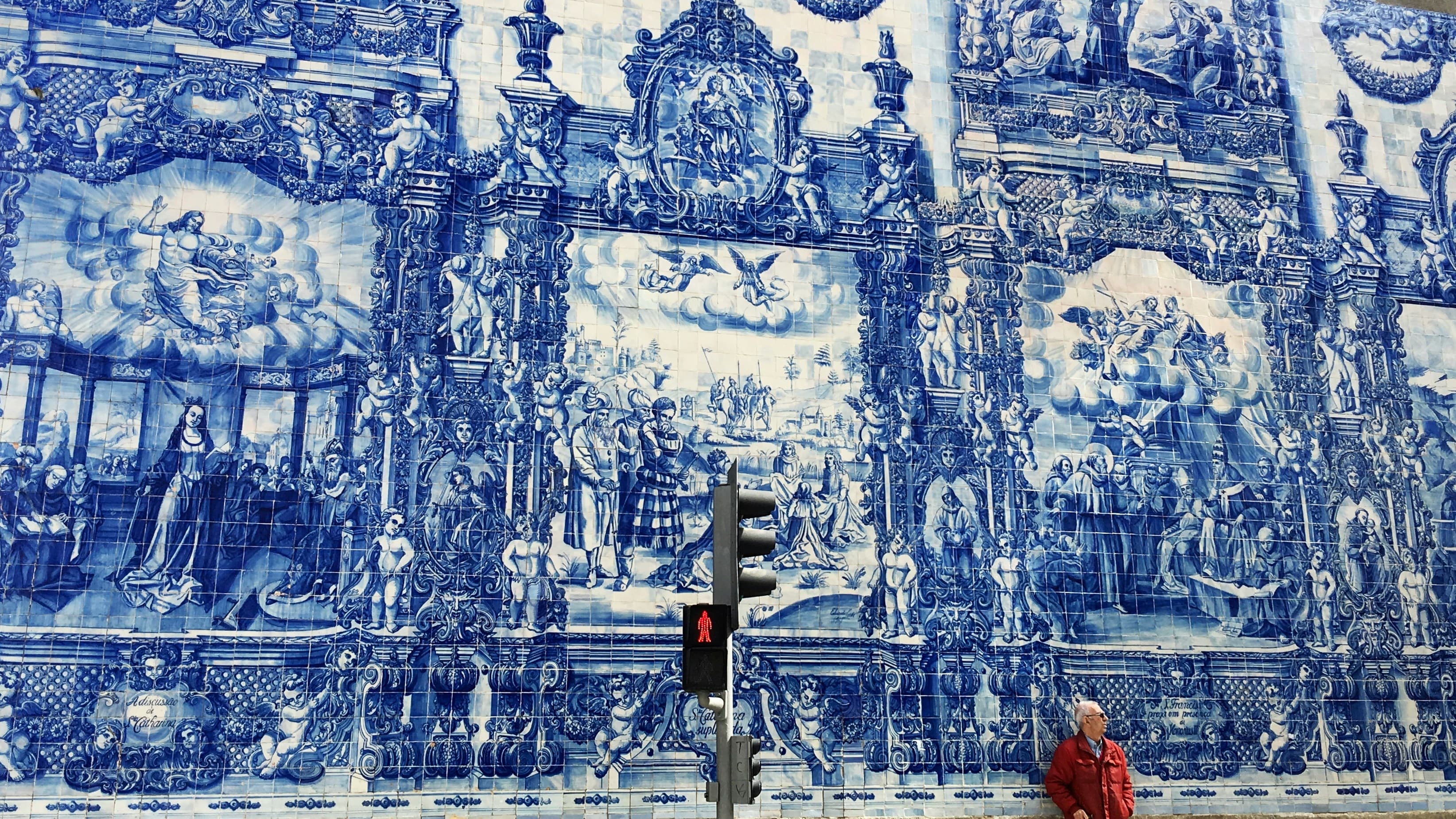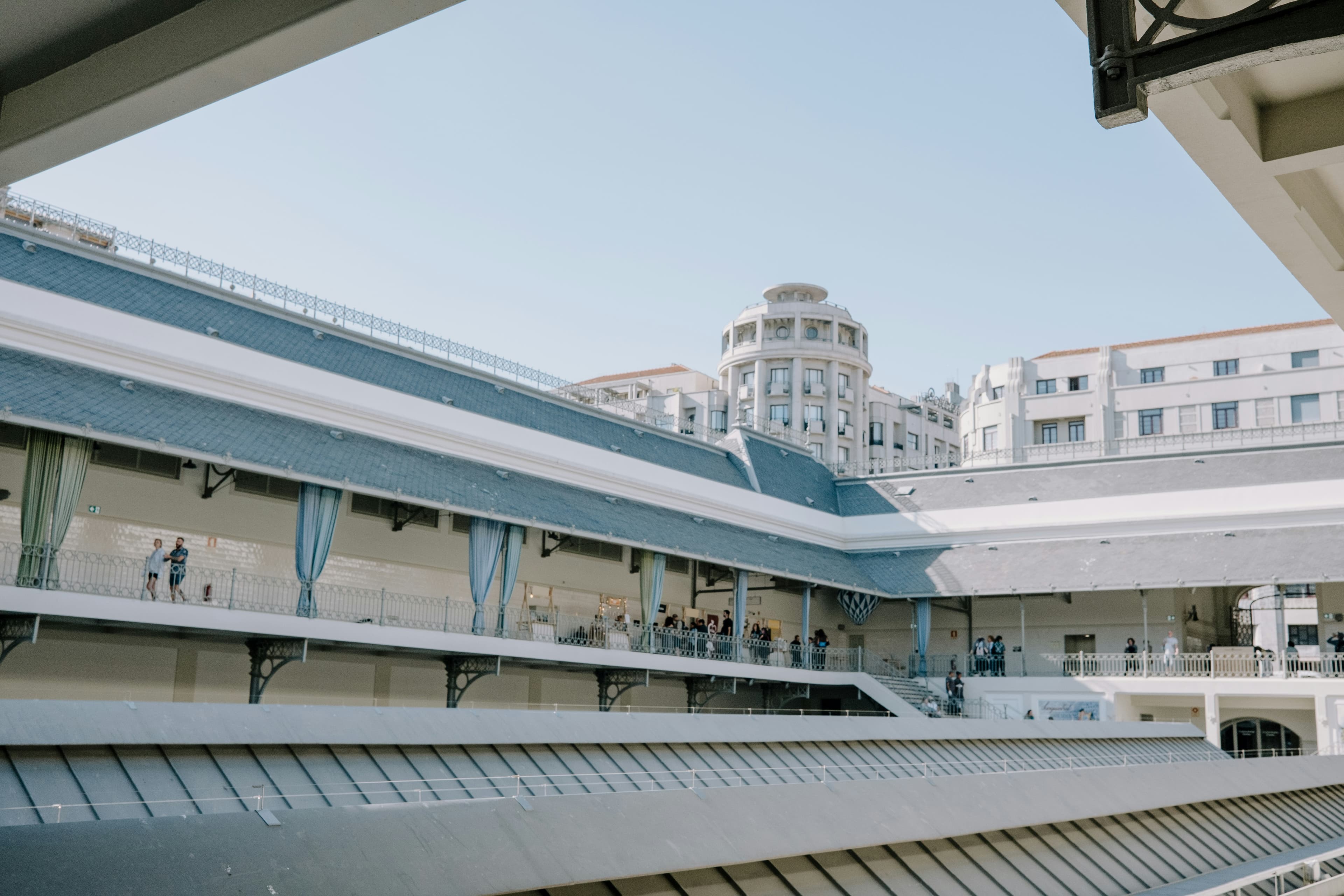
The Wine Cellars of Vila Nova de Gaia An Introduction to Port Wine
Explore Gaia’s historic wine cellars, taste Port wine, and discover the culture, brands, and history of this iconic Portuguese wine.
Situated on the south bank of the Douro River, directly opposite Porto’s historic centre, the city of Vila Nova de Gaia (commonly referred to as Gaia) is the beating heart of Port wine production and maturation ! This is where the major wine trading houses established their cellars, taking advantage of the temperate climate and ideal humidity for ageing wine. Today, Gaia is filled with wine cellars open to the public, offering a fascinating immersion into the history, culture, and flavours of this iconic Portuguese wine.
The History of Gaia’s Wine Cellars
The history of the wine cellars in Vila Nova de Gaia dates back to the 18th century, when British merchants began importing wine from the Douro Valley to fortify it and preserve it during long sea voyages. Gaia’s humid climate, combined with its stone cellars, provided perfect conditions for the proper ageing of Port wine. Over the centuries, these cellars have become a true hub of the Port wine trade, hosting prestigious houses such as Sandeman, Graham’s, Taylor’s, Fonseca, and Ramos Pinto.
The Role of the Cellars in Port Wine Production
The cellars of Gaia play a crucial role in the creation of Port wine. After the grapes are harvested in the Douro Valley (around 1.5 hours from Porto), the wine is transported to Gaia, where it is fortified with grape spirit to stop fermentation and preserve some of the natural sugar. It is then aged in wooden barrels, usually oak, where the specific cellar conditions, stable humidity and temperature, allow the wine to develop its complex aromas and richness.
Where Port Wine Is Grown
Port wine is produced in the Douro region, a UNESCO World Heritage site since 2001. This mountainous region, traversed by the Douro River, is one of the oldest officially demarcated wine regions in the world, established in 1756. The terraced vineyards, known as “patamares” (literally meaning “steps”), are planted with specific grape varieties such as Touriga Nacional, Tinta Roriz, and Touriga Franca. The grapes are hand-harvested and transported to Gaia’s cellars for vinification.
What to Visit in Gaia
Gaia’s wine cellars offer enriching guided tours, allowing visitors to explore the history of Port wine, production methods, and to sample a variety of Ports. Several cellars are open to the public and provide guided tours in multiple languages. Among the most famous, Sandeman is one of the oldest Port wine houses. Founded in 1790, it is well recognised, and its iconic logo (the famous “Caped Man”) symbolises the elegance and mystery associated with Port wine. If you’ve ever been to the Douro region, you may even have spotted him perched atop a hill… Next, we have Graham’s cellar. Established in 1820, this house is renowned for its high-quality Ports, especially its Vintage Ports. It’s a family story, as the Grahams are still involved in running the business today ! Taylor’s, meanwhile, is also among the oldest Port wine trading houses (founded in 1692). It specialises in Vintage-style Ports and is recognised for its commitment to quality. We also have Fonseca’s cellar, known for introducing innovative techniques in Port wine production.

© Portomoments
World of Wine (WOW) : An Immersive Experience
Located near the historic cellars, the World of Wine (WOW) is a modern cultural complex celebrating the region’s wine heritage (and much more!). Opened in 2020, WOW comprises seven interactive museums, including The Wine Experience, dedicated to the history and production of Port wine. Visitors can explore every step of winemaking, from grape varieties to ageing techniques, through immersive exhibitions and tastings similar to those offered in traditional cellars.
WOW also houses a wine school, restaurants, bars, and shops, offering a comprehensive cultural and gastronomic experience. Ideally situated in Gaia, between the traditional Port wine cellars, it provides a fantastic viewpoint for photos, with stunning views of the Dom Luís Bridge, the Douro River, and Porto’s historic centre.
How Much Does a Cellar Visit Cost ?
Prices vary depending on the cellar and type of experience. On average, a guided tour with a basic tasting (including white and red Port) starts at around €15-25 per person. Some cellars offer premium experiences, including rare Port tastings or gourmet meals, with prices reaching €60 or more, catering to all preferences and budgets.
Where to Eat or Drink Near the Cellars
Vila Nova de Gaia offers several options to extend your Port wine experience, such as Barão Fladgate, which serves refined cuisine; Vinum (located within Graham’s cellars), a restaurant and wine bar offering dishes inspired by Portuguese and Basque traditions; and finally, Divino Restaurant & Lounge, situated near Taylor’s cellars, which serves modern Portuguese cuisine in an elegant setting.
Practical Information
Access : Vila Nova de Gaia is easily reachable from Porto by crossing the Dom Luís I Bridge, either on foot (lower or upper level) or via the tram (upper platform).
Best time to visit : spring and autumn offer pleasant weather and fewer tourists, making visits more enjoyable. Summer is lively but busier.
Safety : Gaia is generally safe, but as in any major city, it is advisable to stay vigilant, particularly at night.
Visiting the wine cellars of Vila Nova de Gaia provides a fascinating immersion into the world of Port wine, combining history, tradition, and tasting experiences. Whether you are a wine enthusiast or a curious traveller, this enriching experience allows you to discover one of Portugal’s greatest prides. It is an essential stop when visiting Porto, and you will not be disappointed !
Share this article
Suggested articles

Porto Seen from the River, The Six Bridges Cruise
Porto is a city of unique charm, and it reveals an even more beautiful side when seen from the Douro River. One of the must-do experiences for anyone visiting the city is the famous Six Bridges Cruise! It offers a truly unique perspective on the city’s striking architecture, its magnificent bridges, and the surrounding landscape.

72 Hours in Porto (Oporto), The Perfect Itinerary
Porto (also named by foreigners “Oporto”) is Portugal’s second-largest city and, naturally, a must-visit destination for those who appreciate culture, gastronomy, and wine, particularly the famous Port wine!
.jpeg&w=3840&q=75)
Serralves in Porto, Contemporary Art in a Green Haven
Just a few minutes from Porto’s busiest avenues lies a true sanctuary of contemporary art and nature: the Serralves Foundation. Less visited than other urban landmarks in the city, this unique complex combines modern architecture, a romantic garden, and (very) daring exhibitions. If you are looking for a cultural experience in a green setting, this place is well worth your attention !

Filigree Art, Portuguese Gold and Silver Jewellery
Portugal boasts a rich artisanal heritage, and among its treasures, filigree art shines for its finesse, delicacy, and timeless elegance ! Filigree is an ancestral jewellery technique that involves working gold or silver into extremely fine threads to create intricate patterns.

Porto and Its Azulejo Mania, Facades to Photograph
Porto is not just known for its eponymous wine or iconic bridges… it is also an open-air museum thanks to its façades covered in azulejos, those painted ceramic tiles that adorn buildings, churches, and palaces !

Bolhão Market, The Heart of Porto’s Popular Life
In the heart of Porto’s historic centre, the iconic “Mercado do Bolhão” stands as one of the city’s living symbols. Opened in 1914, it has recently undergone renovation to preserve its authenticity while adapting to contemporary needs.


